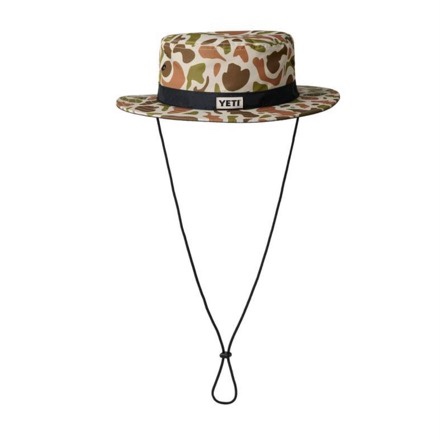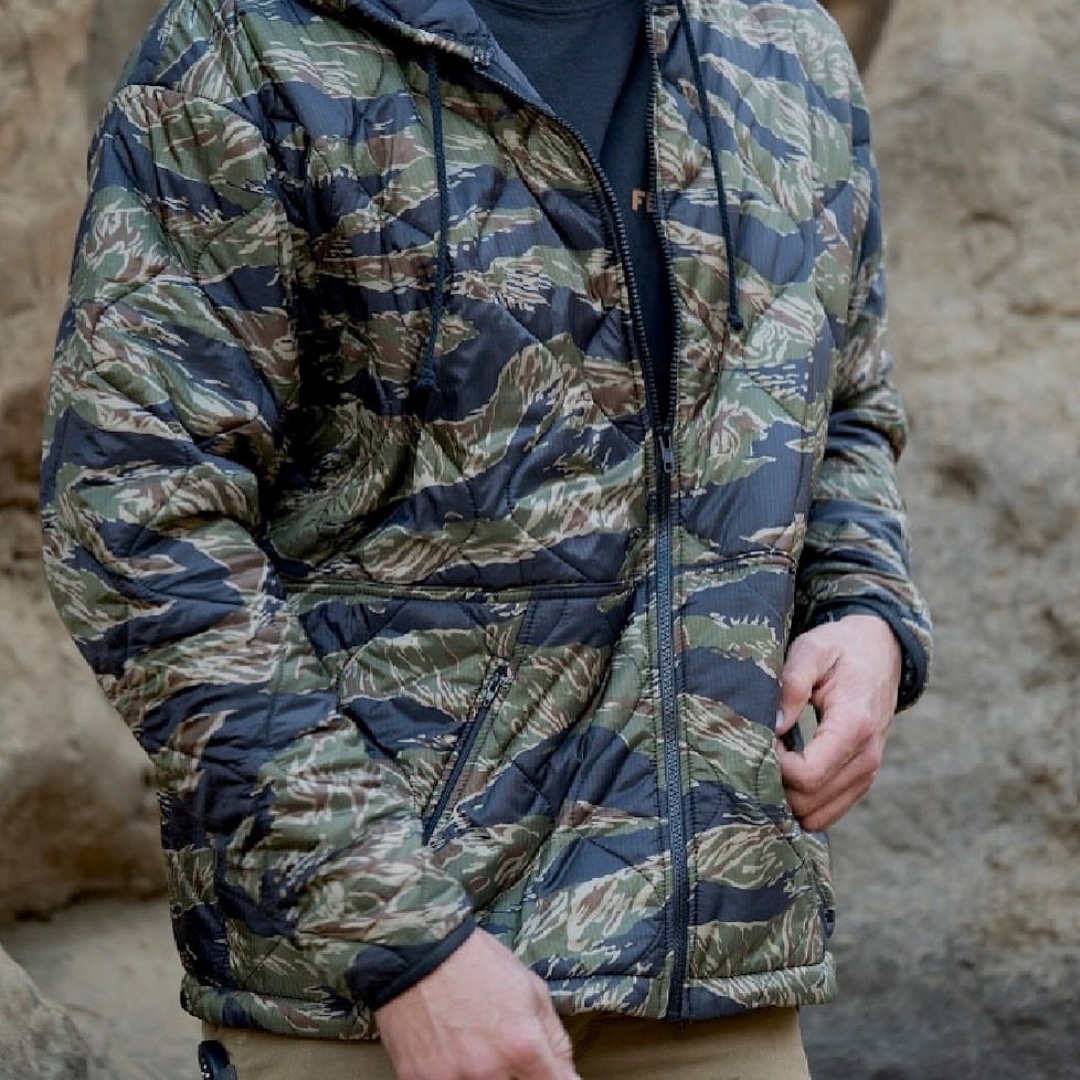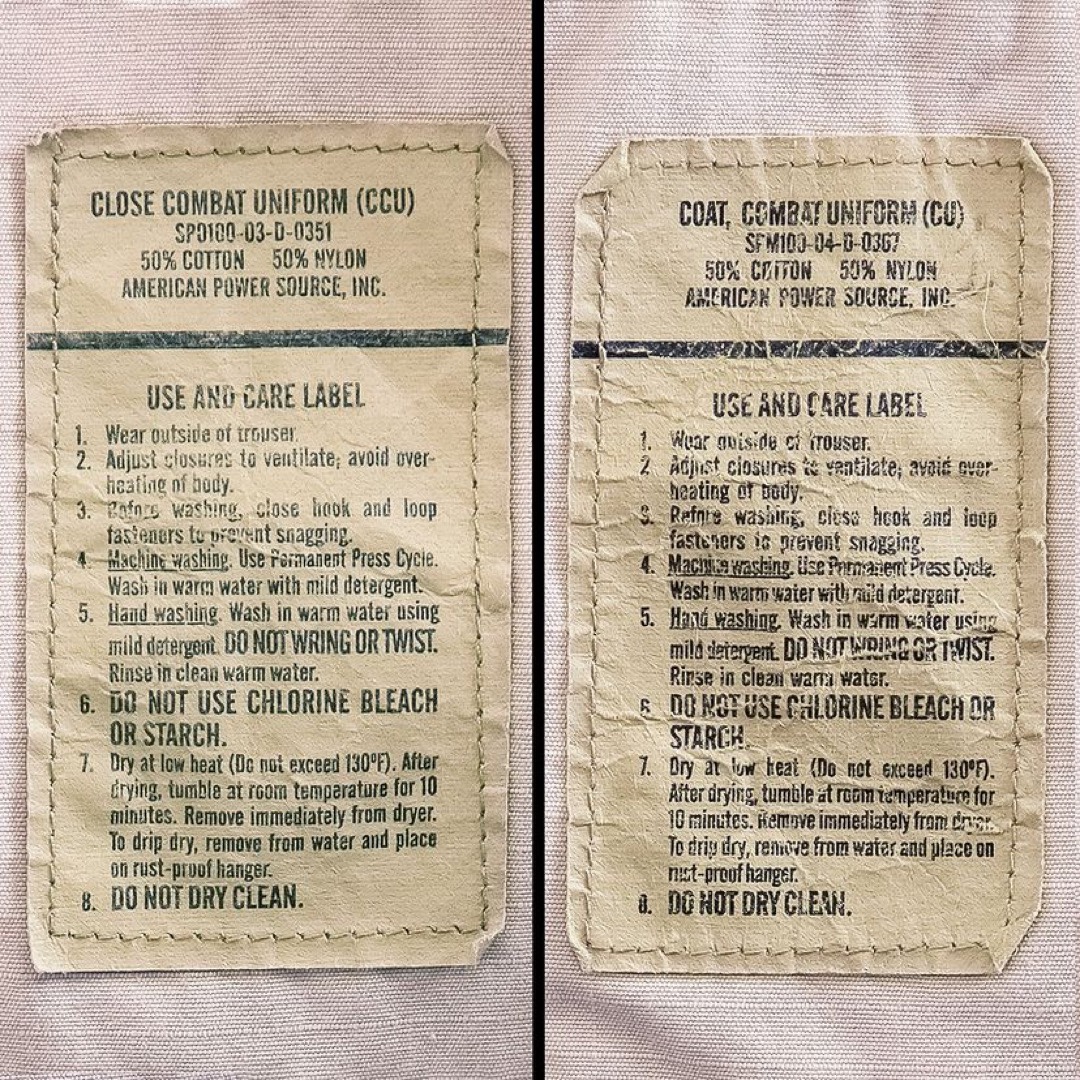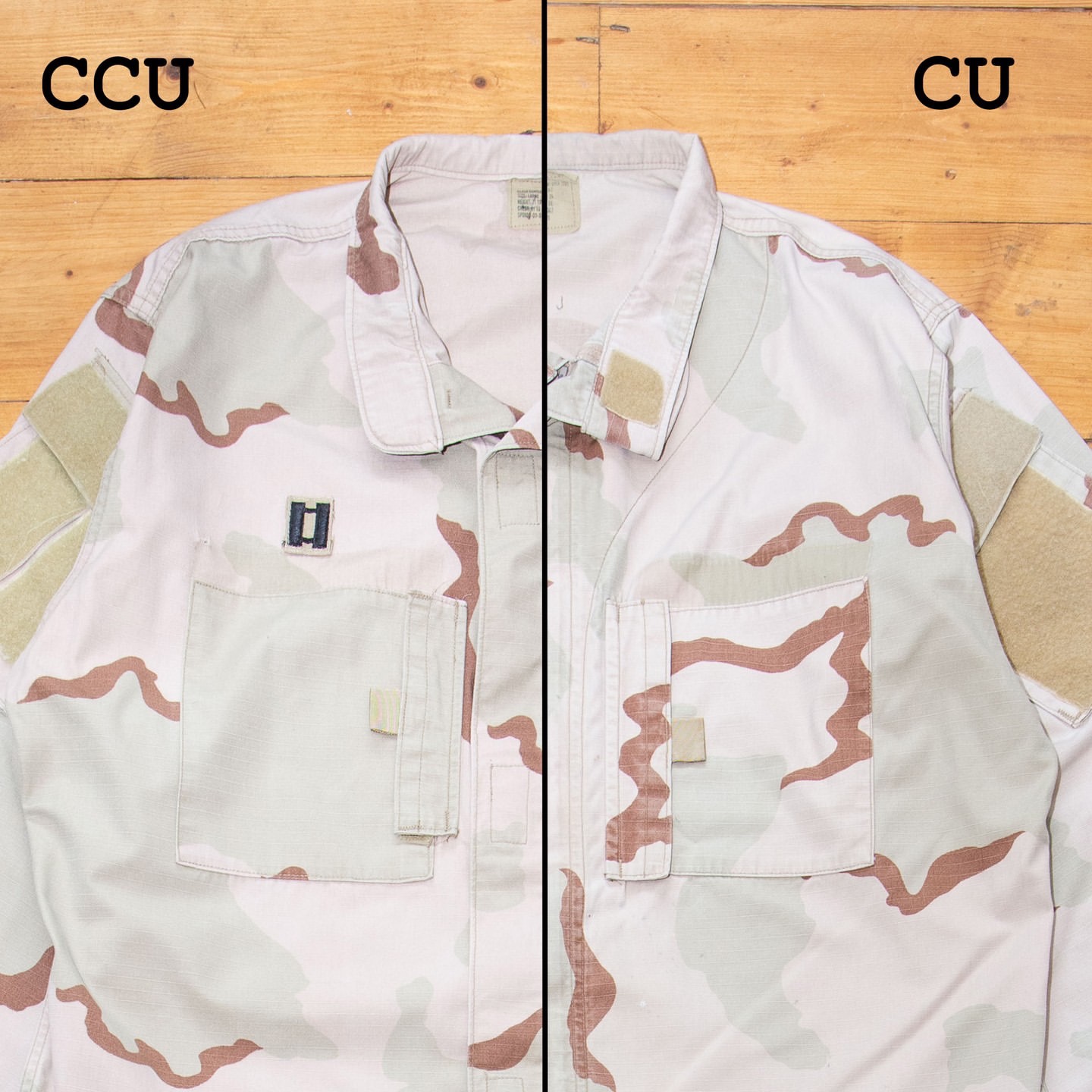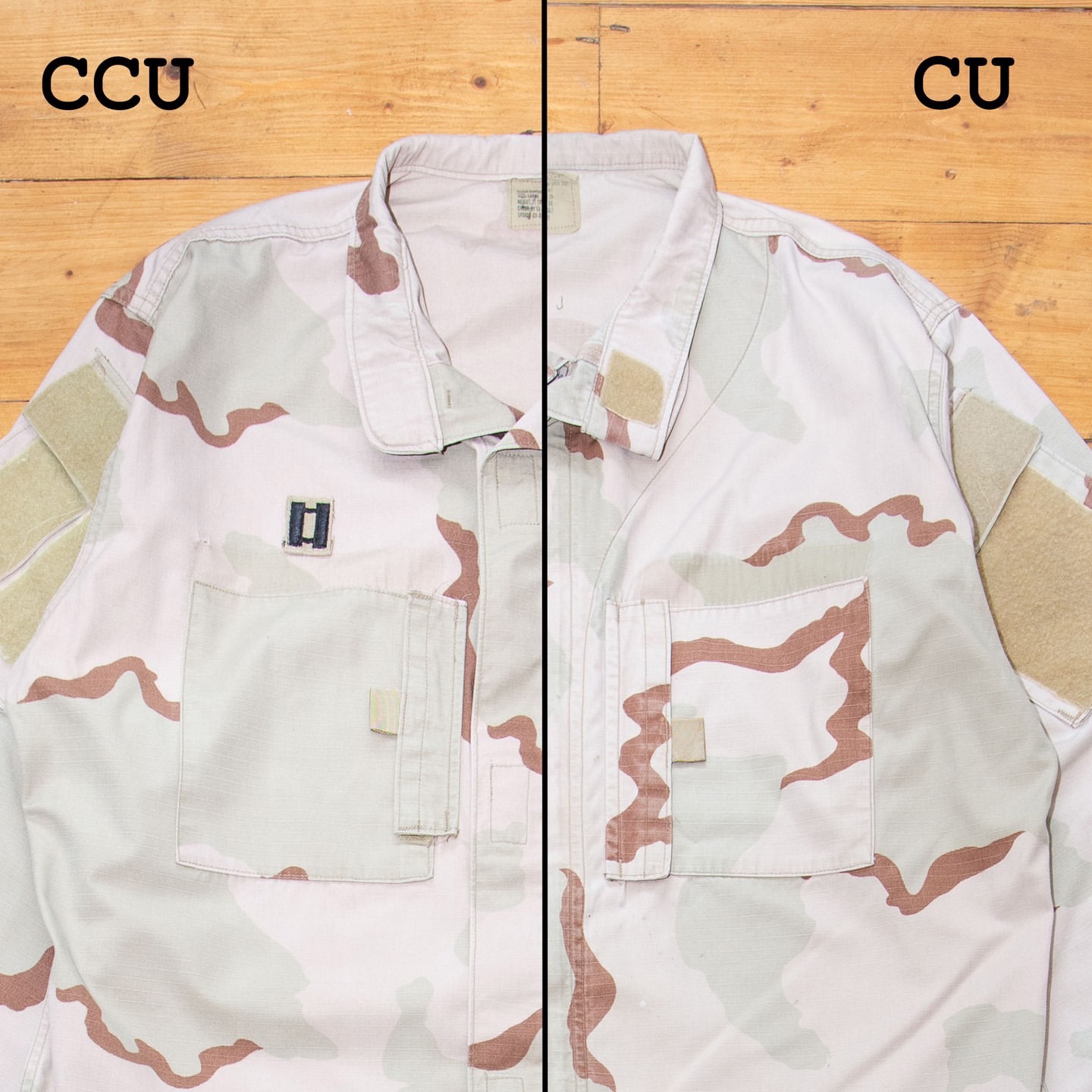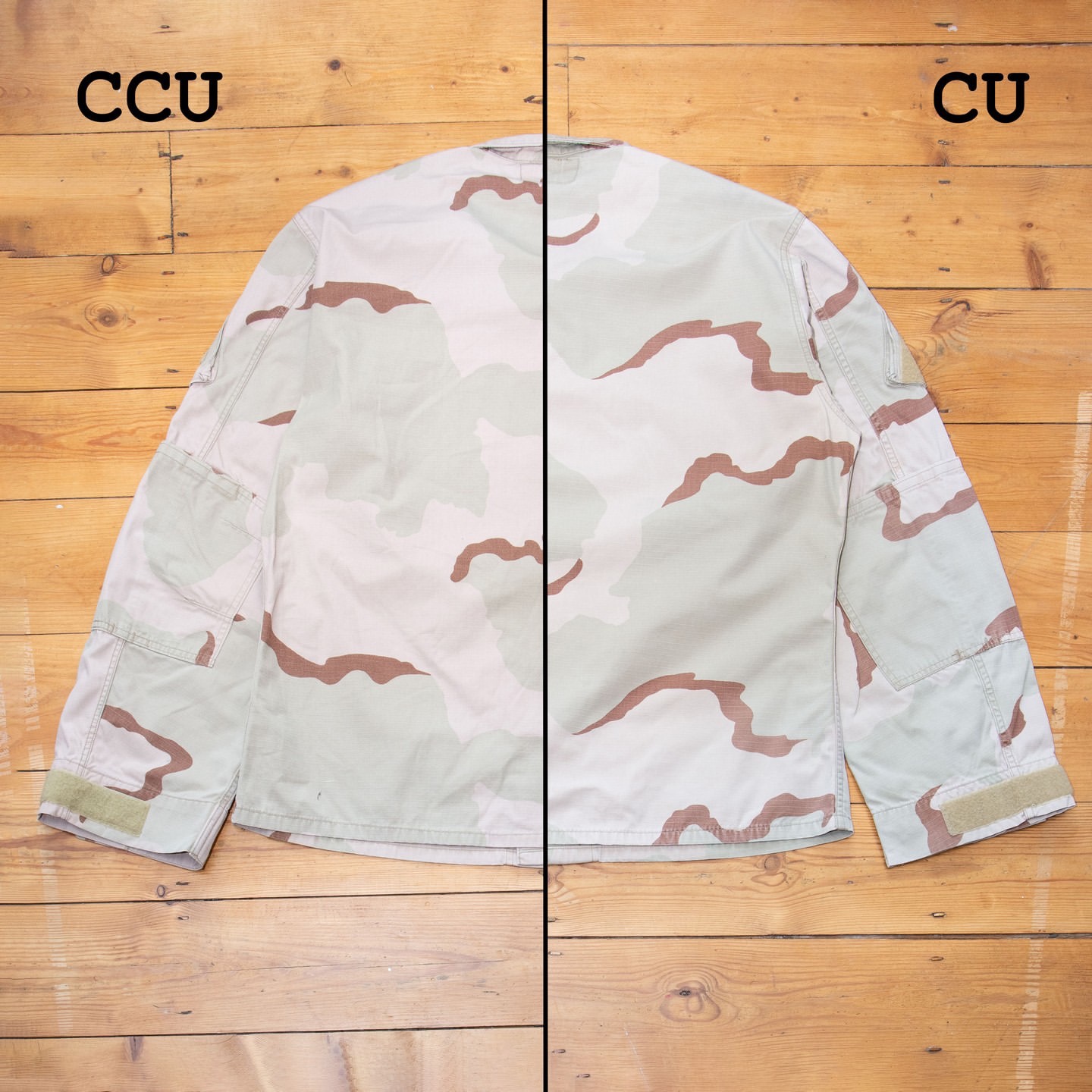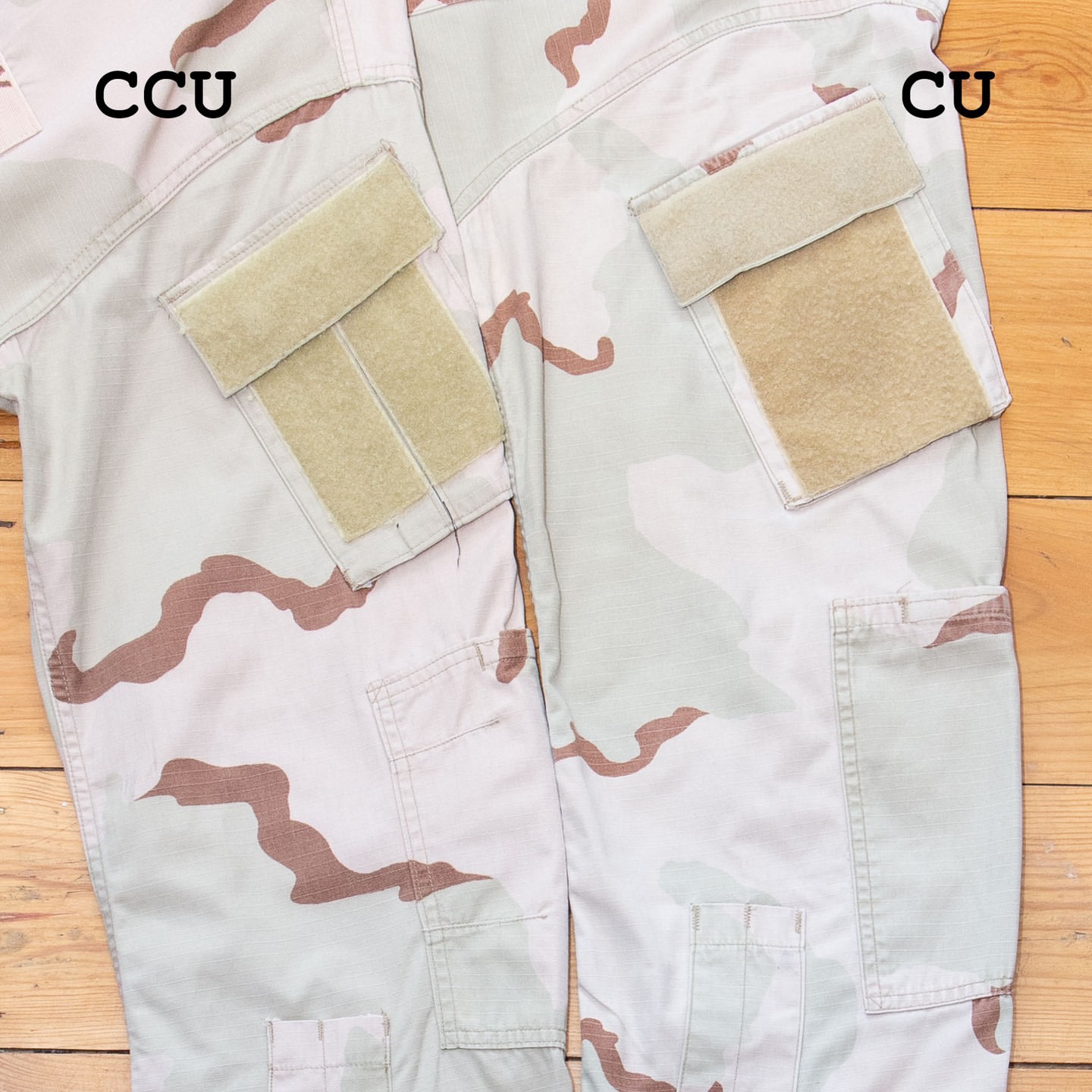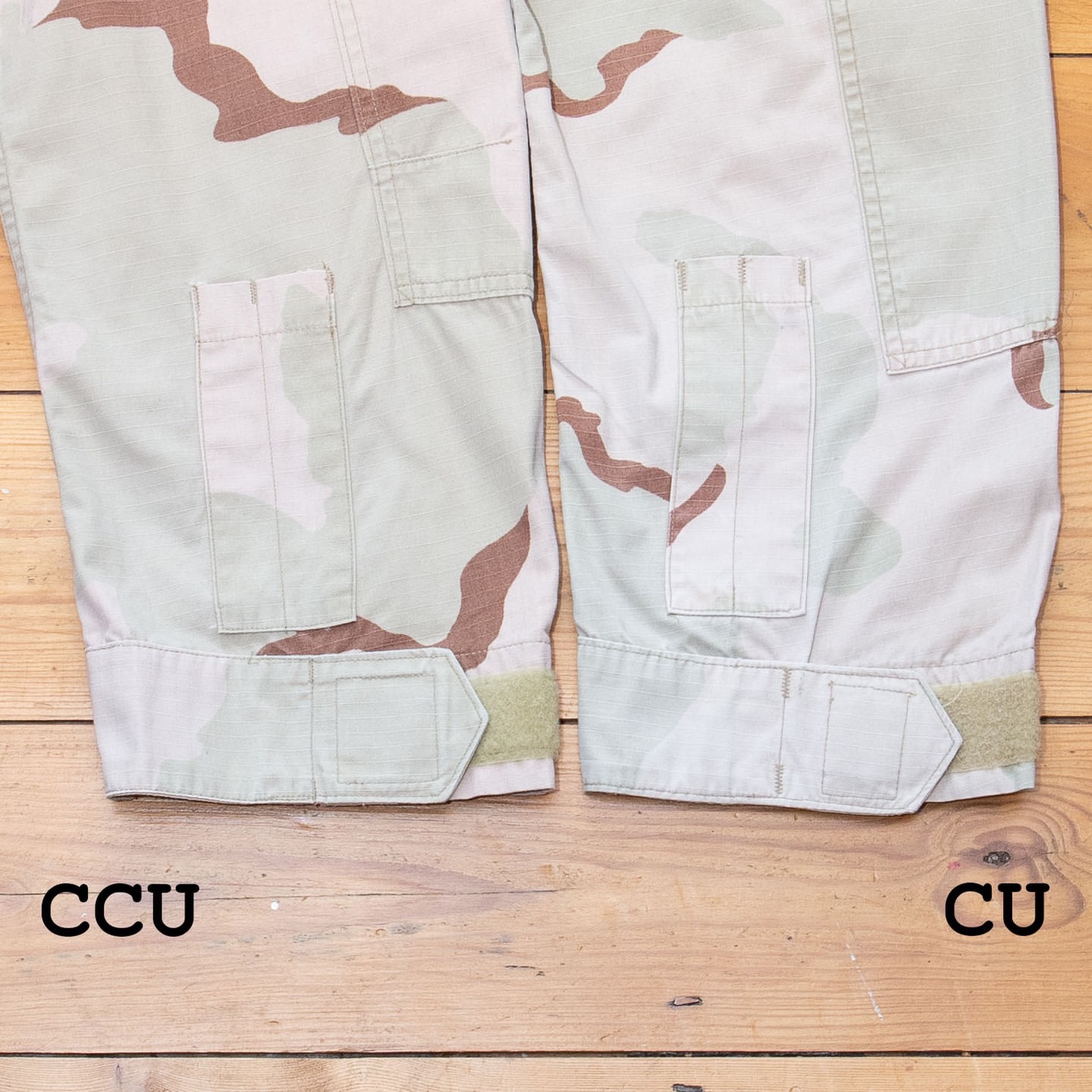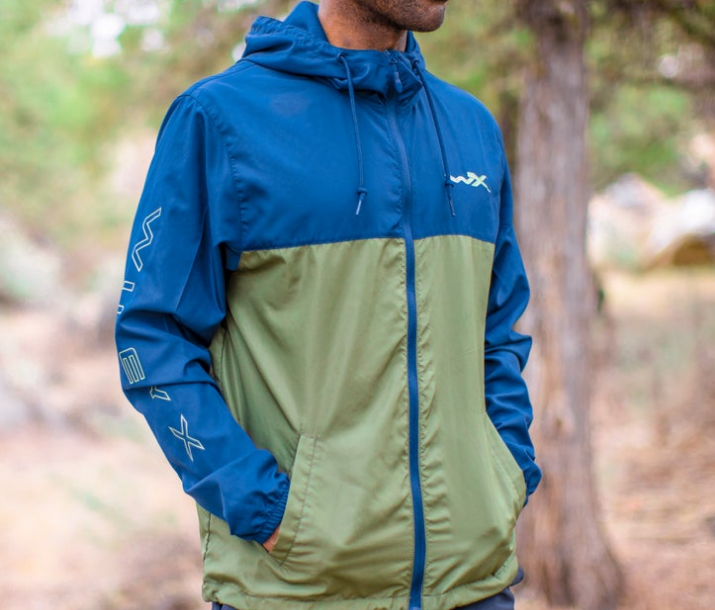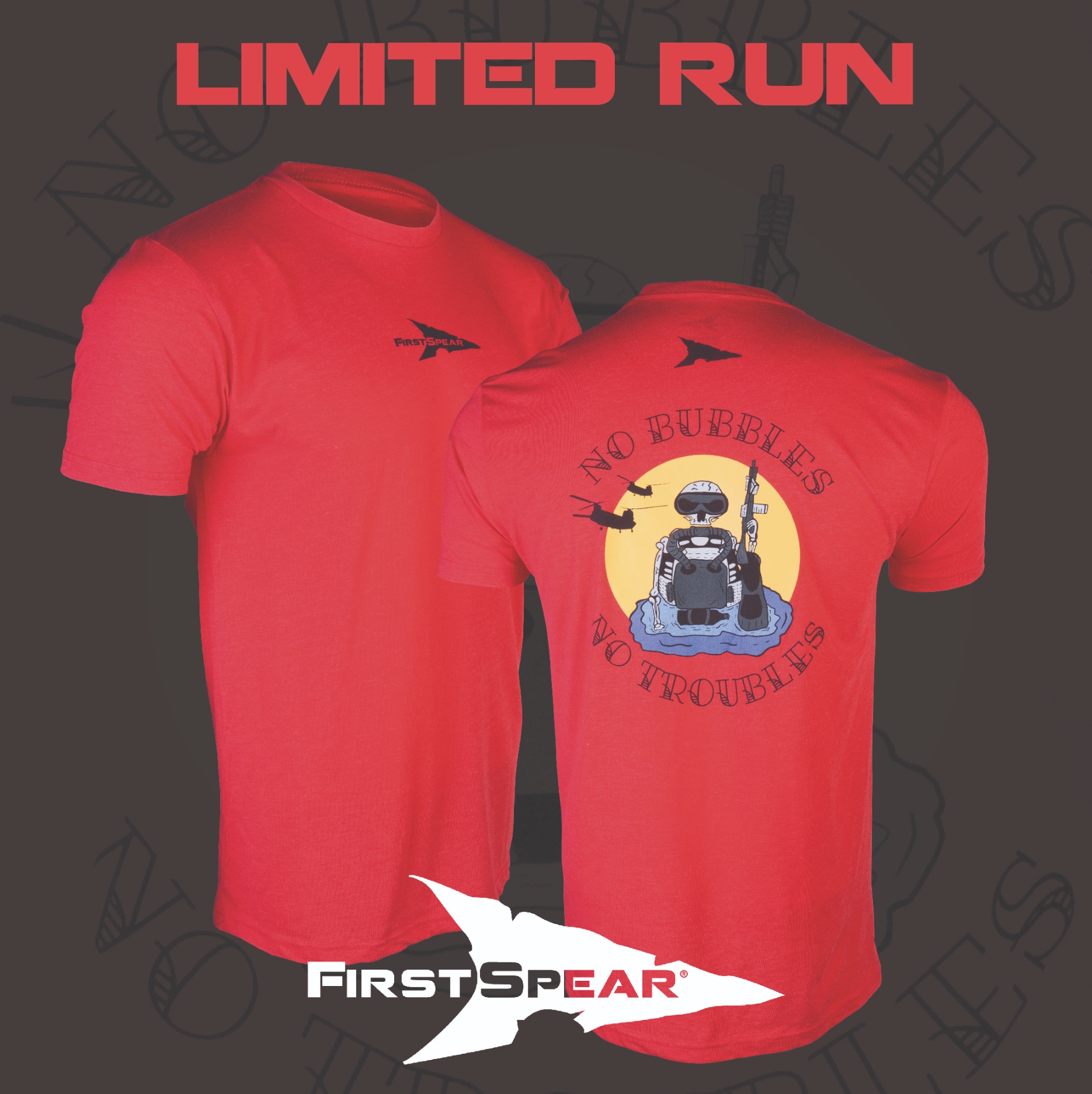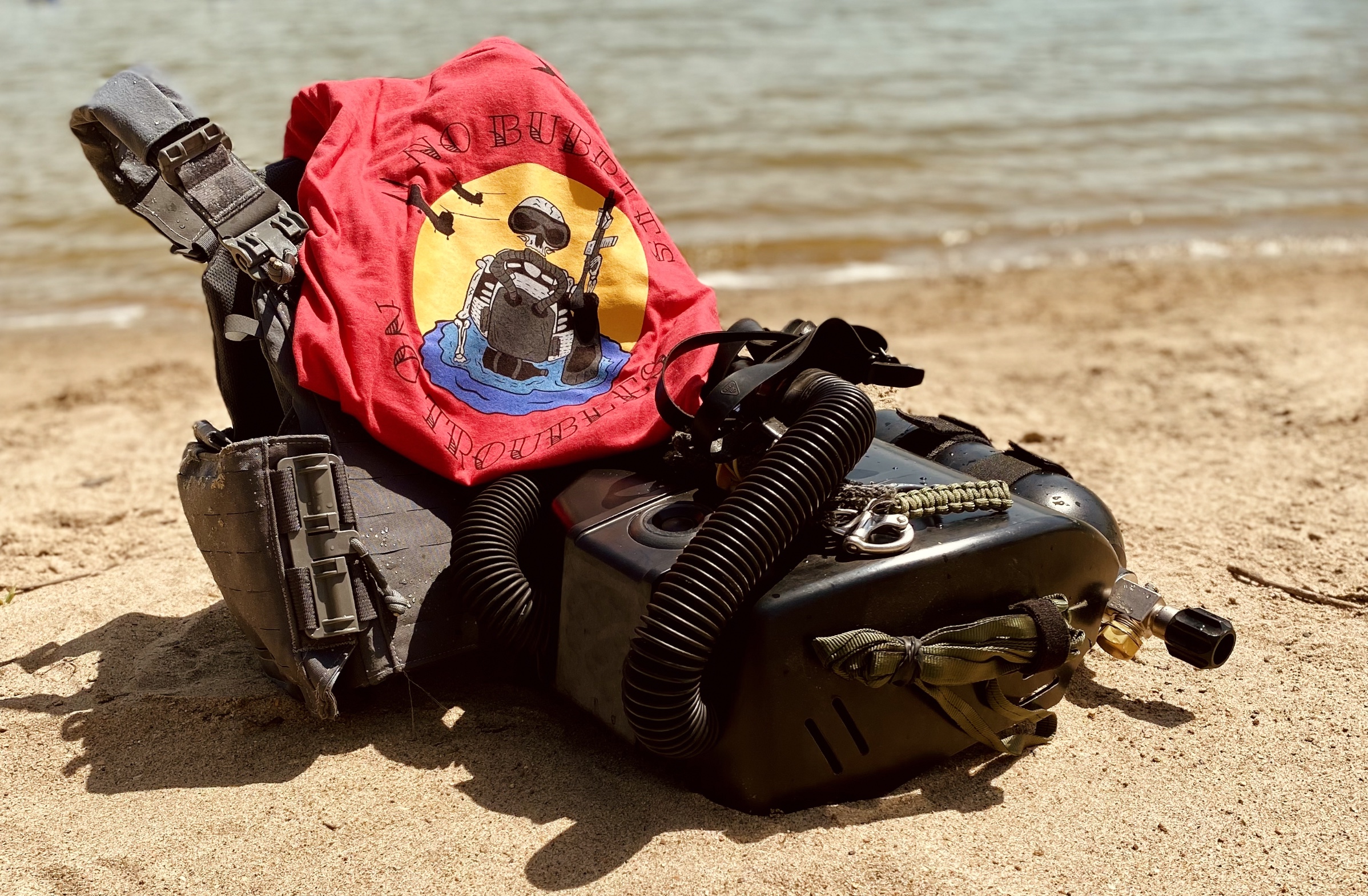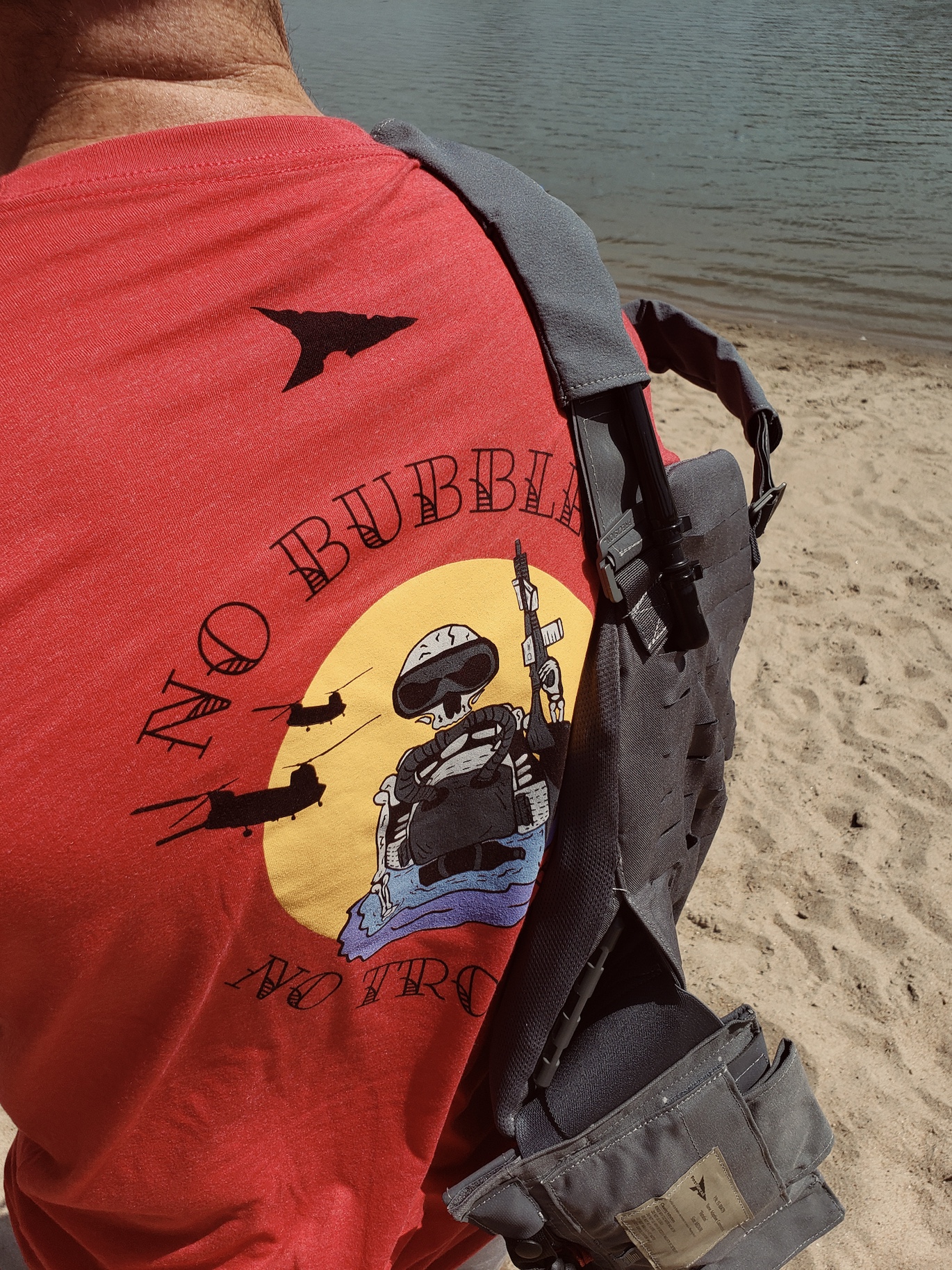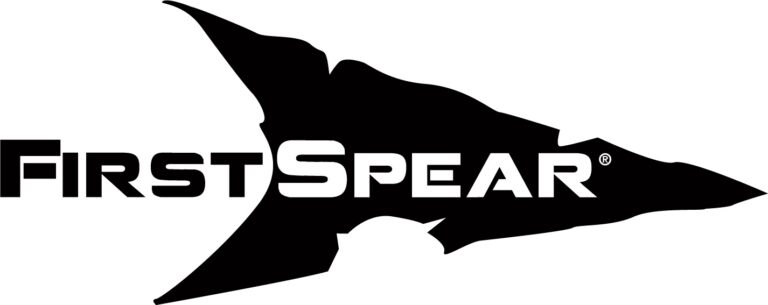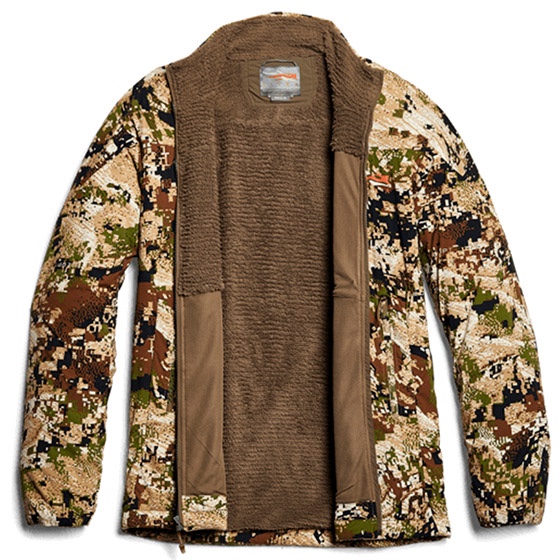WRIGHT-PATTERSON AFB, Ohio (AFNS) —
A new application called GearFit is giving Airmen a direct line to share feedback on fitment and utility of the gear they wear to perform their missions.
Members can input their comments on body armor, harnesses, helmets and more, and they are instantly shared with the development teams responsible for designing and acquiring that gear.
Taylor Harrison, Combat Ready Airman program manager in the Agile Combat Support Directorate, joined with Nicole Wright and Sarah Tress with Skylight Digital, on an episode of AFLCMC’s Leadership Log podcast to discuss the new application.
“This program has been super amazing because we are getting feedback from our Airmen, the end user,” Harrison said. “We are not just delivering and hoping that we hit the mark.”
This application, and the Combat Ready Airman program, is designed to help the 91% of Air Force jobs that do not include aircrew members or special operations, which already have programs focused on their needs.
“We focus solely on maintainers, Security Forces, medics, anybody that isn’t aircrew or special ops,” Harrison said.
Currently, equipment is identified at the unit level, which leads to a lack of consistency for gear across the Air Force. The Combat Ready Airman program is looking to ensure all gear is standardized. That could be simply providing a list of approved body armor vests that units can pick from.
GearFit came about in 2019 as the result of an AFWERX challenge. Specifically, it was designed to collect anthropometric data on female Airmen to better define requirements and specifications of gear being acquired from industry. The program is now expanded to collect data from male Airmen as well.
Nicole Wright, GearFit product manager, led the team from Skylight Digital that collaborated with Air Force developers at the Business and Enterprise Directorate’s BESPIN software factory to develop the GearFit website.
“We are working on building out the GearFit website and experience. We are continuously releasing new features and iterations on feedback we hear to get closer to optimizing the goals that Taylor was talking about,” Wright said.
You can also listen by searching “Leadership Log” on YouTube, Apple Podcast, Google Podcast, Spotify, Overcast, Radio Public or Breaker.
By Daryl Mayer, Air Force Life Cycle Management Center Public Affairs


